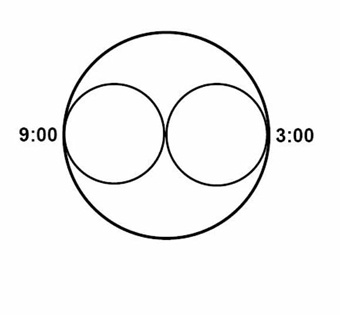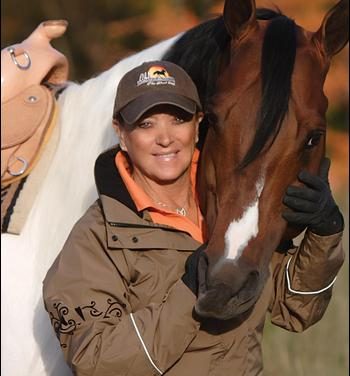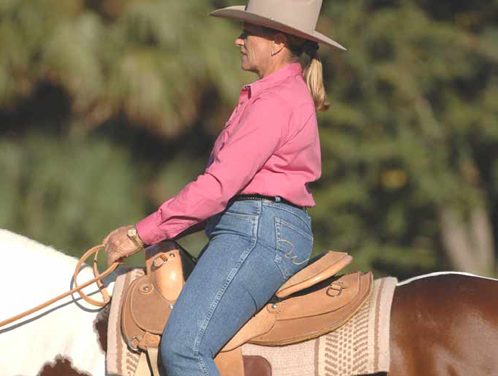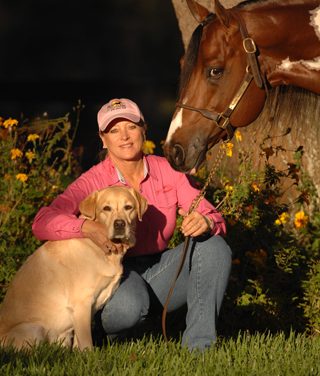Communicating With Your Aids, Part 9
In this article, we will continue our discussion of the bending and turning aids. The goal for both the bending and turning aids is to control the horse’s body position and balance. I have received many requests to describe in detail the role of these aids, and so I want to review the nuts and bolts of this very important issue in riding.
Read More




